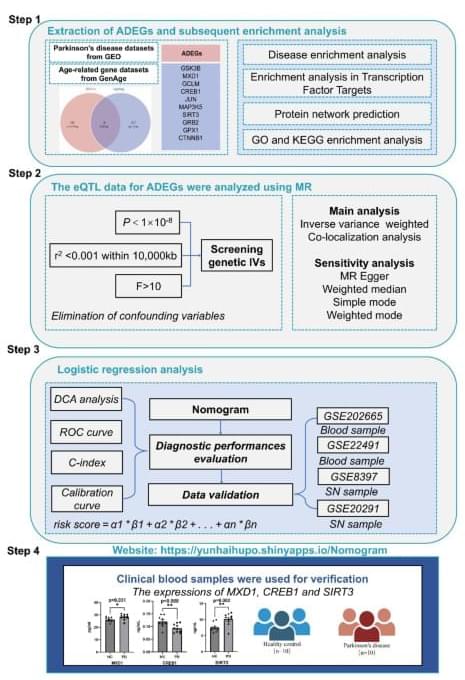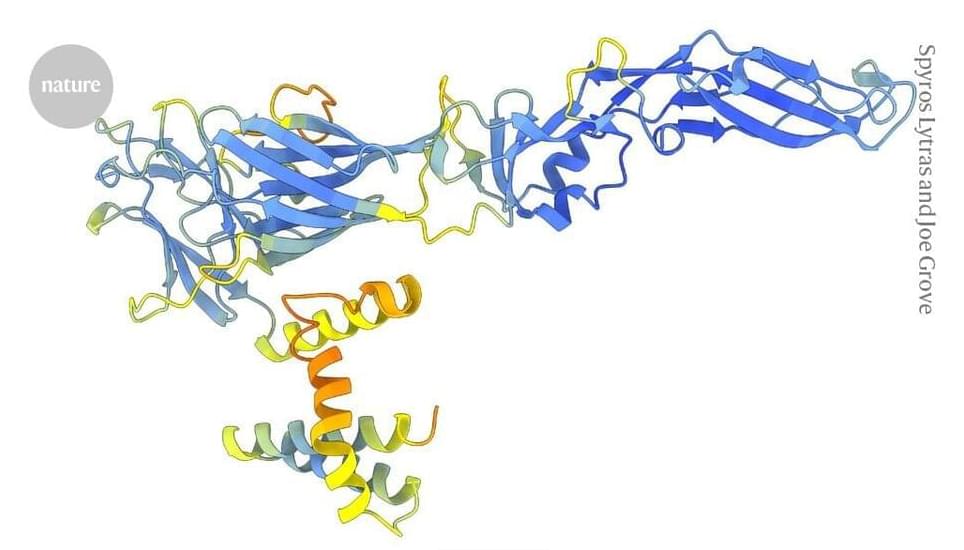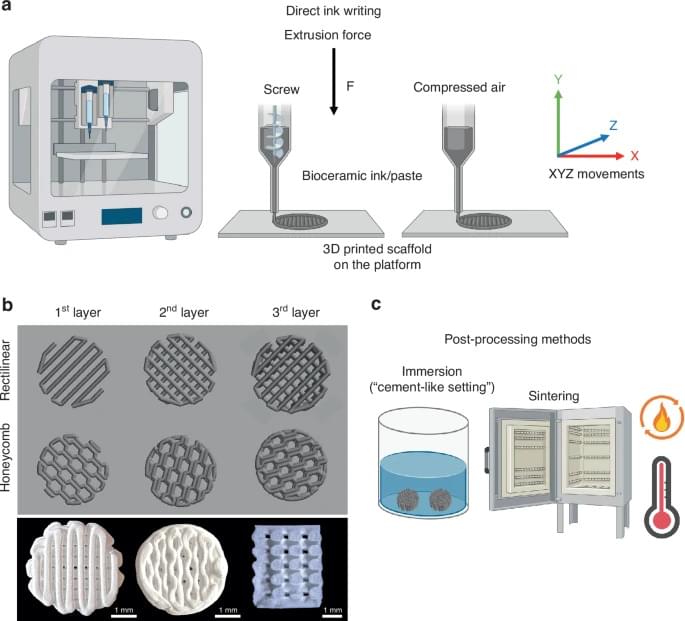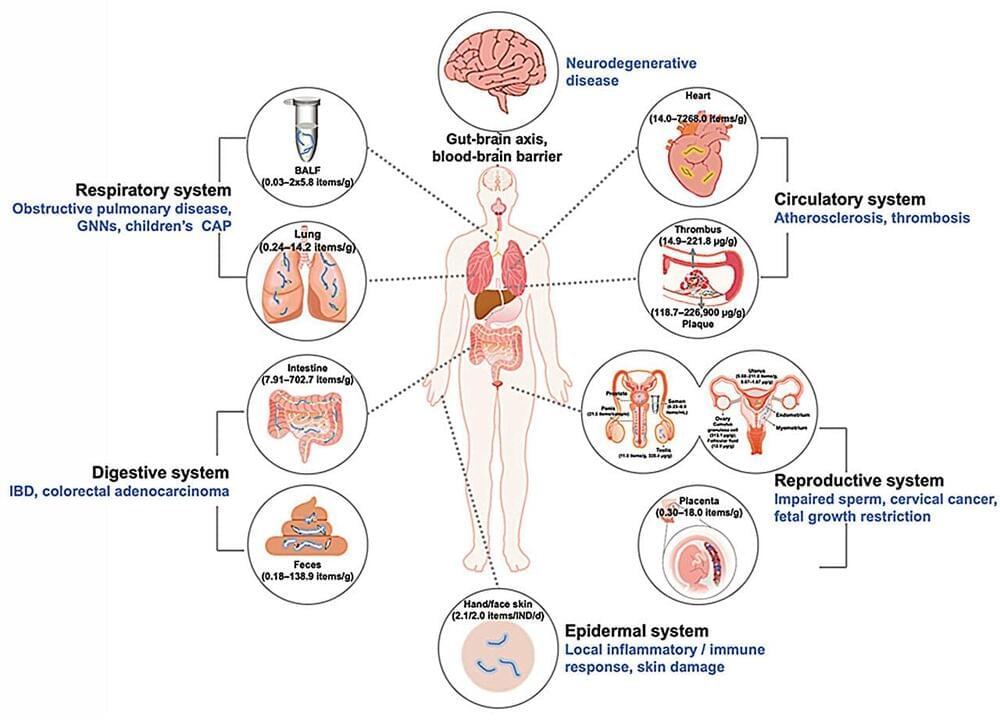Microgravity is known to affect muscles, bones, the immune system, and cognition, but its specific effects on the brain remain largely unexplored. To investigate this, scientists from Scripps Research partnered with the New York Stem Cell Foundation to send tiny clusters of brain cells, known as “organoids,” to the International Space Station (ISS). These organoids were derived from stem cells and designed to mimic certain aspects of brain development.
Remarkably, the organoids returned from their month-long stay in orbit still healthy. However, they exhibited accelerated maturation compared to identical organoids grown on Earth. The space-exposed cells progressed closer to becoming fully developed neurons and showed early signs of specialization. These findings, recently published in Stem Cells Translational Medicine, offer new insights into how space travel might influence neurological development and brain function.
“The fact that these cells survived in space was a big surprise,” says co-senior author Jeanne Loring, PhD, professor emeritus in the Department of Molecular Medicine and founding director of the Center for Regenerative Medicine at Scripps Research. “This lays the groundwork for future experiments in space, in which we can include other parts of the brain that are affected by neurodegenerative disease.”







